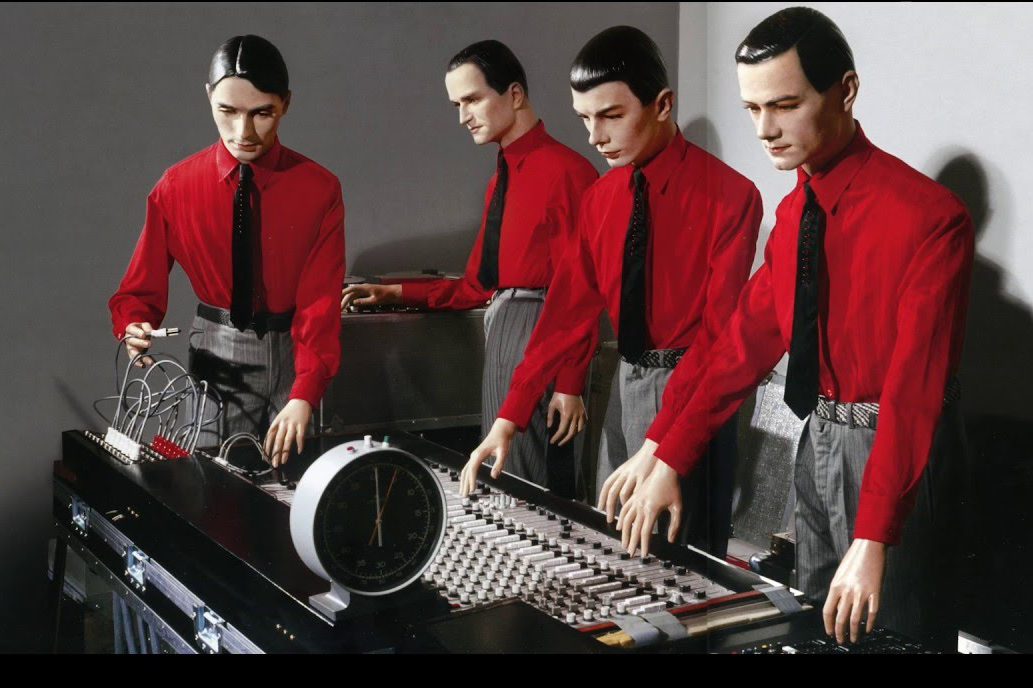
Why it’s High Time to Prepare Skills Sets and Role Models for Man-Machine Translation (MMT)
Several competitions between the latest generation of machine translation (MT) systems and panels of experienced human translators have been staged and made it into the news. This may have some entertainment value and, for now, bring old school translators some respite but, in my view, it misses the point entirely. Blog titles along the lines of “why machine translation will never attain the level of a human translator” are commonplace, and scant attention is given to the radical mutation of human translators’ job descriptions.
I confess that I was relieved when Kasparov beat Deep Blue in 1996 and I admit to feeling dejected when Deep Blue beat Kasparov in 1997. But that was 20 years ago. Today, it has become irrelevant whether and when MT will outperform trained linguists in producing clever legal translations or in crafting magnificent literary translations. Today, there is no doubt that zillions of text segments will need to be rendered in multiple languages at a very fast pace, and that the lion’s share of this work will be automated. Some of this translated text will need to be of publishing grade quality, and fir sure human translators will be involved. However, they will interact with the machine, not compete against it. Finding the right combination of automation and human intervention is the way forward.
Regardless of any speculations about the pace at which AI and neural machine translation (NMT) will progress, regardless where exactly the next quantum leap in machine learning will lead us, there is one action point for here and now: determine what skills human linguists need to acquire so that their expertise can effectively be woven into the new translation and localisation workflows.
Dear fellow linguists, particularly those who are bracing themselves for a career in language services, I have good news for you: translation technologies will keep providing you with virtual truckloads of highly interesting work: source optimization and linguistic quality assurance work, improvement of rule sets, checking inflected forms in strategic text segments, using language data analytics, interacting with computational linguists, maintaining terminology bases: there will be no shortage of tasks for you.
The new era of man-machine translation (MMT, this acronym is my own creation) is dawning, and we are glaringly unprepared. Most higher education institutes that train translators are in denial: they seem to believe that teaching their students how to use one or two Computer-assisted translation tools (CAT tools) is an adequate initiation to translation technology. It would have been true for yesterday’s translators, but it is out of touch with the reality of tomorrow’s language service providers.
Forward-looking buyers of language services are already interested in how man and machine can ideally interact to produce large volumes of better quality translations with less effort, or at least well targeted effort. Don’t regard linguistics as a lofty human science that can afford to leave technology to the techies. Linguists don’t just need to understand graphemes and lexemes and phonemes, they don’t only need a good feeling for fluency and for nuance. Linguists also need to understand and use language data analytics, acquire notions of computational linguistics and programming—and statistics should be taught in language school, too.
Human translators may not disappear, but their role is changing rapidly, and those who do not adapt to the new reality may be out of a job sooner than they think. The problem that needs to be addressed today is that the new role models for MMT need to be defined (flexible, adaptive definitions wouldn’t be a bad idea), taught, practiced and streamlined. Let’s start today.